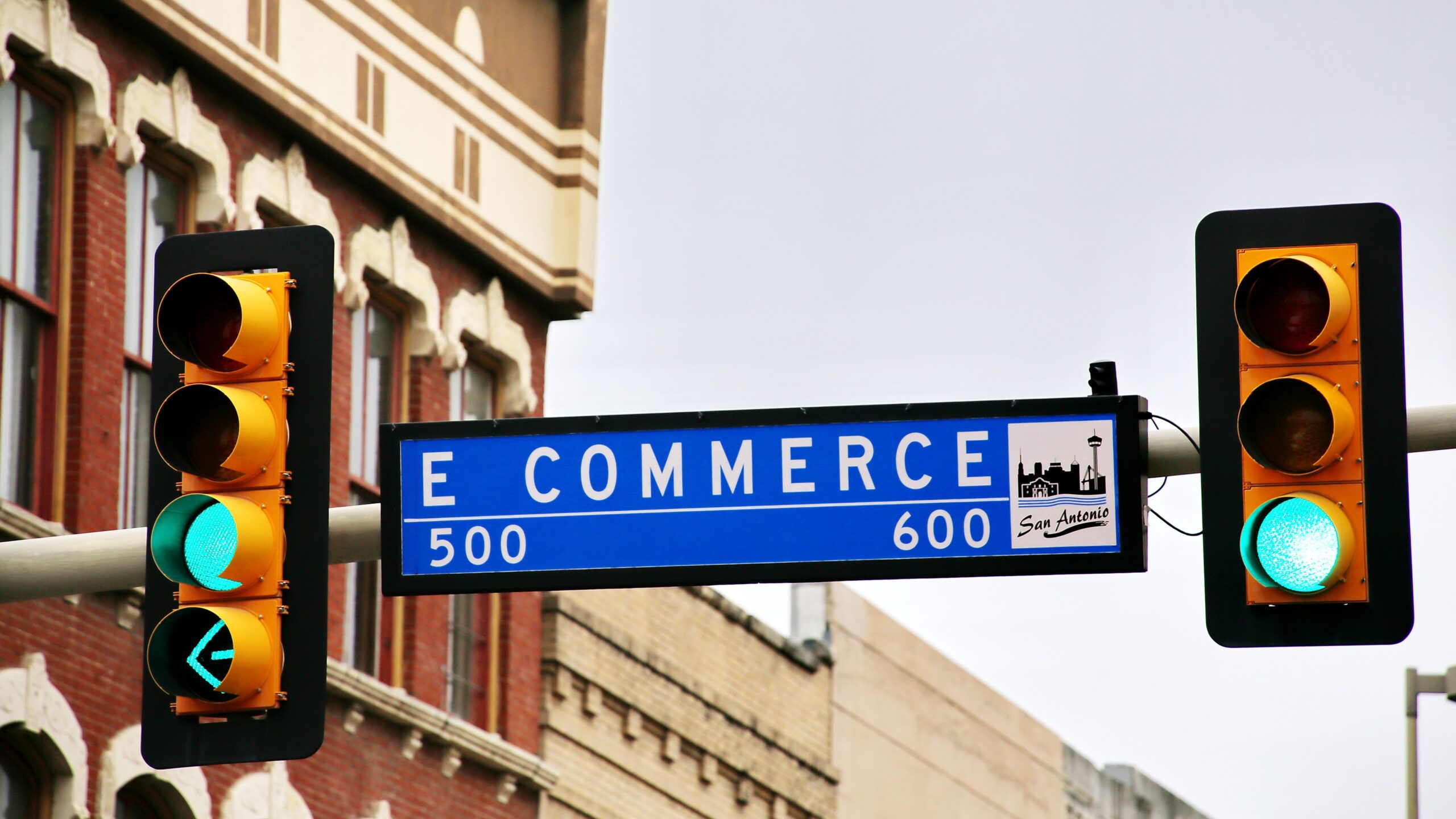In today’s digital age, e-commerce has become a cornerstone of modern retail. However, for this thriving industry to truly flourish, it must prioritize accessibility. Ensuring that online shopping experiences are inclusive for all users, including those with disabilities, not only aligns with ethical considerations but also has a substantial impact on user satisfaction and, ultimately, sales. In this article, we will explore the significance of accessible e-commerce and how it contributes to an enhanced user experience and increased revenue.
The Importance of Accessibility in E-commerce
1. Expanding Your Customer Base
By prioritizing accessibility, you open your virtual doors to a broader audience. According to the World Health Organization, over a billion people, or approximately 15% of the world’s population, live with some form of disability. Creating an accessible e-commerce platform ensures that your products and services are available to this sizable demographic.
2. Fostering Inclusivity and Diversity
Prioritizing accessibility sends a powerful message about your brand’s commitment to inclusivity. It demonstrates that you value all customers, regardless of their abilities. This fosters goodwill and builds a positive brand image.
3. Compliance with Legal Standards
Numerous countries, including the United States with the Americans with Disabilities Act (ADA), have established legal requirements for web accessibility. Ensuring compliance not only safeguards against potential legal issues but also demonstrates your commitment to upholding industry standards.

Key Features of Accessible E-commerce
1. Clear and Intuitive Navigation
A well-structured and organized website is crucial for accessibility. Intuitive navigation ensures that users can easily find and browse products or services.
2. Descriptive Alt Text for Images
Providing descriptive alt text for images enables screen reader users to understand product details. It also contributes to SEO efforts, improving the visibility of your products in search engine results.
3. Readable Text and Content
Ensure that text is legible and easily comprehensible. Avoid low contrast ratios and use clear, concise language in product descriptions and throughout the site.
4. Accessible Forms and Checkout Processes
Forms should be designed with accessibility in mind, including labels, instructions, and error handling. The checkout process should be straightforward, allowing all users to complete their purchases.
5. Video and Multimedia Accessibility
If your e-commerce platform includes videos or multimedia content, provide captions, transcripts, or audio descriptions to ensure accessibility for users with hearing or visual impairments.
Accessibility and User Experience
1. Improved Site Performance
Accessibility practices, such as optimizing images and multimedia, often lead to faster page loading times. This benefits all users, including those on slower internet connections.
2. Reduced Cart Abandonment
An accessible and user-friendly checkout process minimizes friction and encourages customers to complete their purchases. This can significantly reduce cart abandonment rates.
3. Enhanced Mobile Experience
Many accessibility features coincide with mobile optimization, which is crucial for capturing the growing number of mobile shoppers.
Inclusivity as a Competitive Advantage
In an increasingly competitive e-commerce landscape, accessibility can be a powerful differentiator. Customers are more likely to choose a platform that prioritizes their needs and provides a seamless shopping experience for all.
Implementing Accessibility in E-commerce
- Conduct an Accessibility Audit:
- Begin by evaluating your e-commerce platform for accessibility barriers. Identify areas that require improvement.
- Familiarize Yourself with WCAG Guidelines:
- The Web Content Accessibility Guidelines (WCAG) provide a comprehensive framework for creating accessible web content. Ensure your e-commerce platform adheres to the recommended standards.
- Provide Ongoing Training:
- Educate team members involved in web development, content creation, and design about accessibility best practices.
- Regular Audits and Testing:
- Continually test your e-commerce platform with a variety of assistive technologies to ensure ongoing compliance.
In conclusion, accessible e-commerce is not just a moral imperative; it’s a strategic business decision. By prioritizing inclusivity, you not only expand your customer base but also enhance user satisfaction and trust. Accessible e-commerce is not just a compliance requirement; it’s a competitive advantage in today’s digital retail landscape. Embracing accessibility is not just a best practice; it’s a commitment to providing exceptional shopping experiences for all users.
We Offer Web & Mobile Accessibility Testing
We at ‘Accessible Zone‘ provide web, mobile and software accessibility testing services. We perform testing manually using screen reader such as JAWS, NVDA & Voiceovers. We also provide VPAT and ACR reports. If you want to use our services do contact us as at contact@accessiblezone.com or you can also schedule a free call with us from here.

This internet site is my inhalation, very great design and perfect content.
Записаться на онлайн консультацию к психологу Психоаналитик это психотерапевт практикующий психоанализ
675
**mind vault**
mind vault is a premium cognitive support formula created for adults 45+. It’s thoughtfully designed to help maintain clear thinking
**breathe**
breathe is a plant-powered tincture crafted to promote lung performance and enhance your breathing quality.
https://t.me/s/pt1win/37
Актуальные рейтинги лицензионных онлайн-казино по выплатам, бонусам, минимальным депозитам и крипте — без воды и купленной мишуры. Только площадки, которые проходят живой отбор по деньгам, условиям и опыту игроков.
Следить за обновлениями можно здесь: https://t.me/s/reitingcasino
https://t.me/iGaming_live/4563
https://t.me/iGaming_live/4556
https://t.me/reyting_topcazino/19